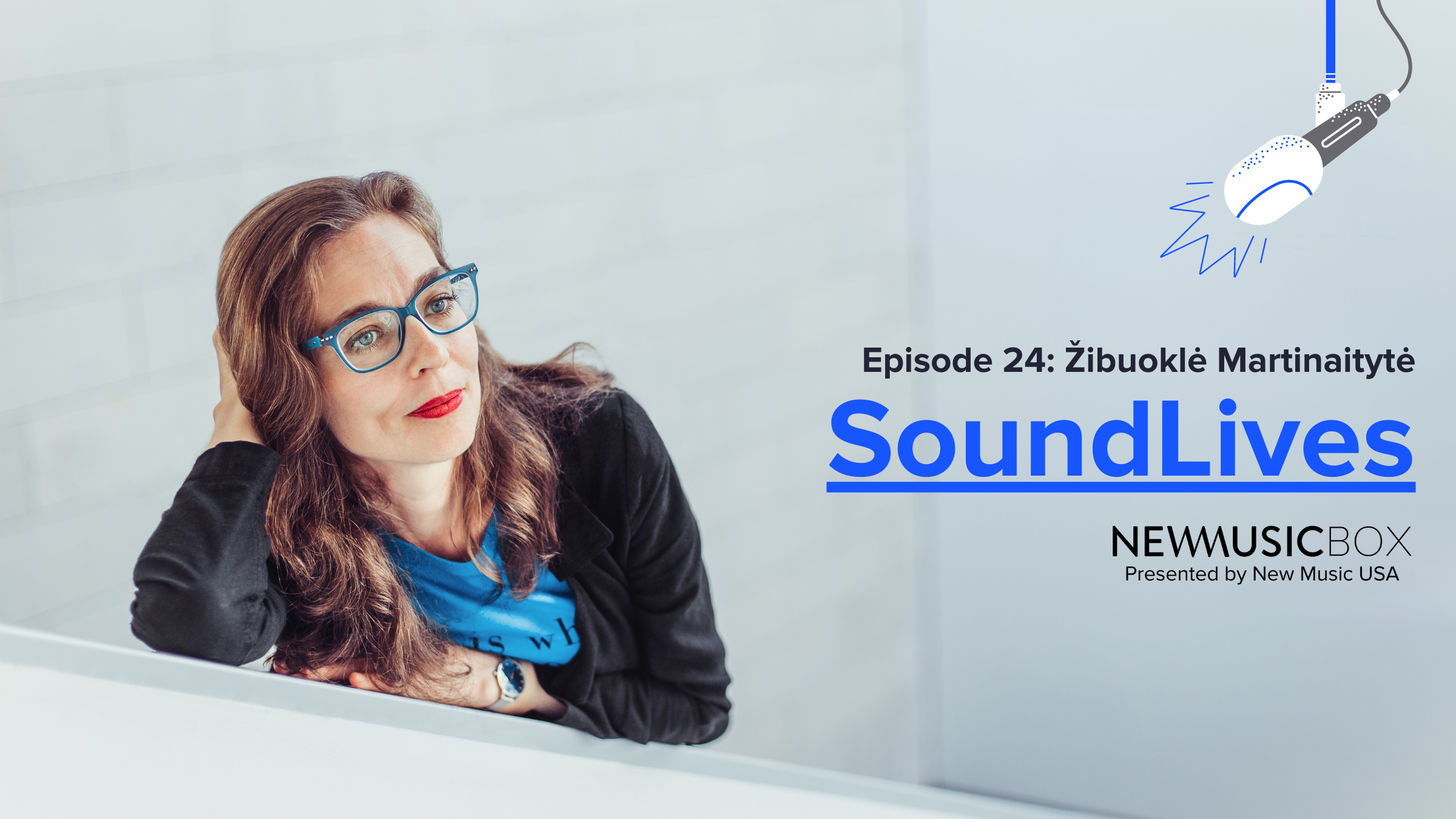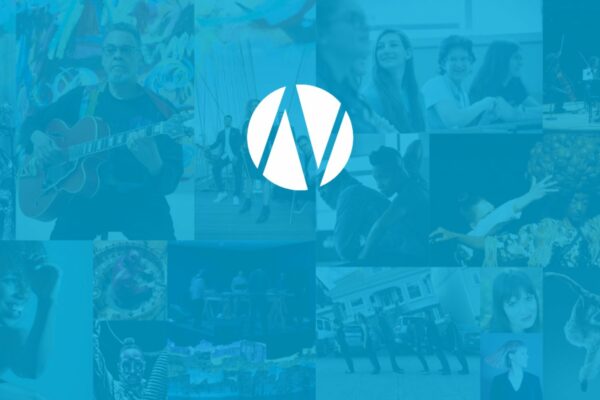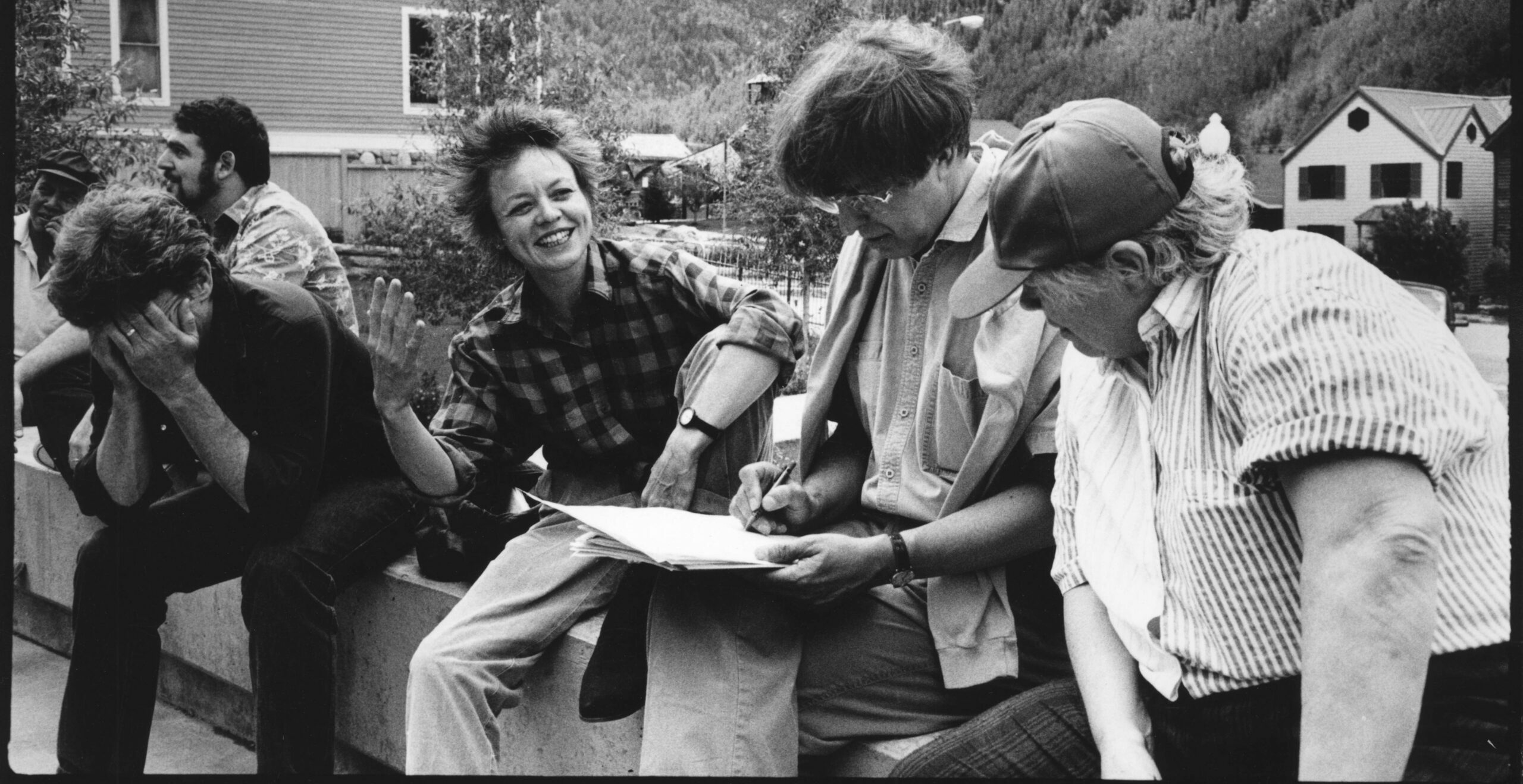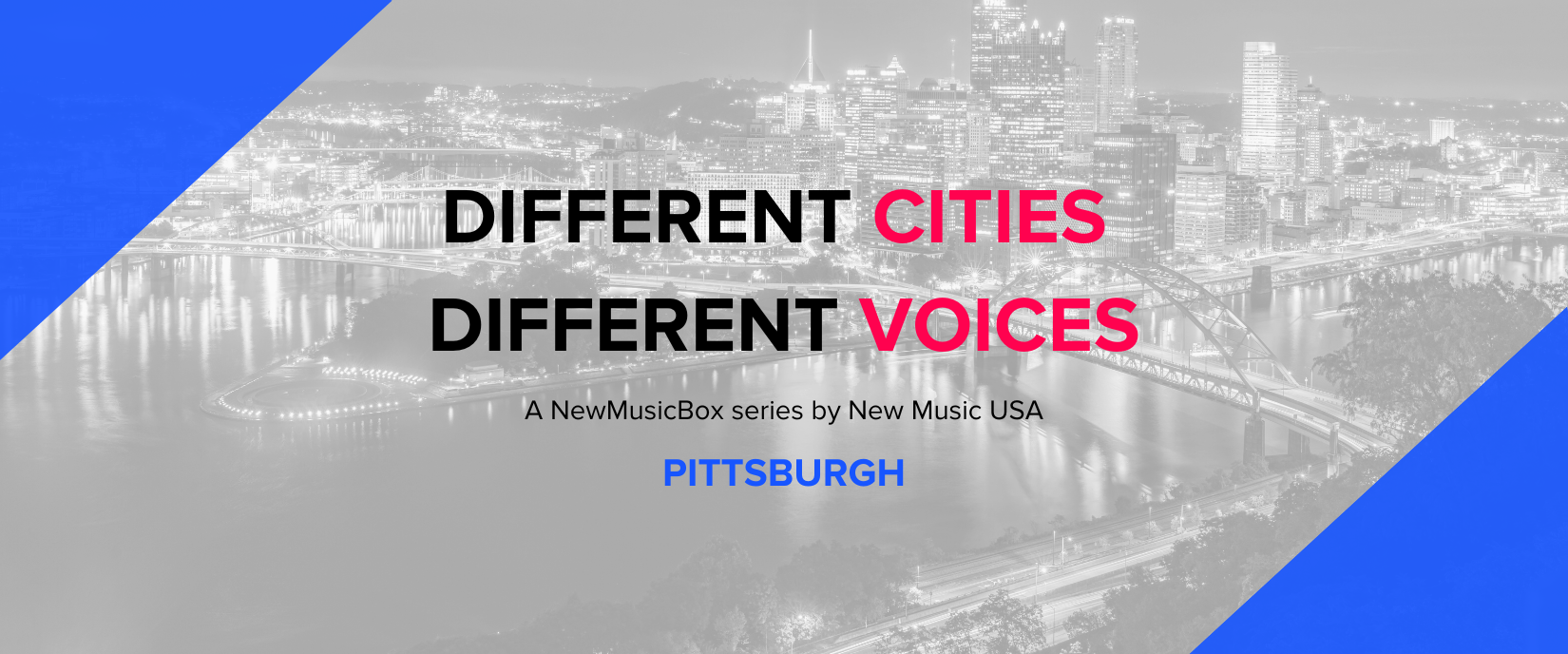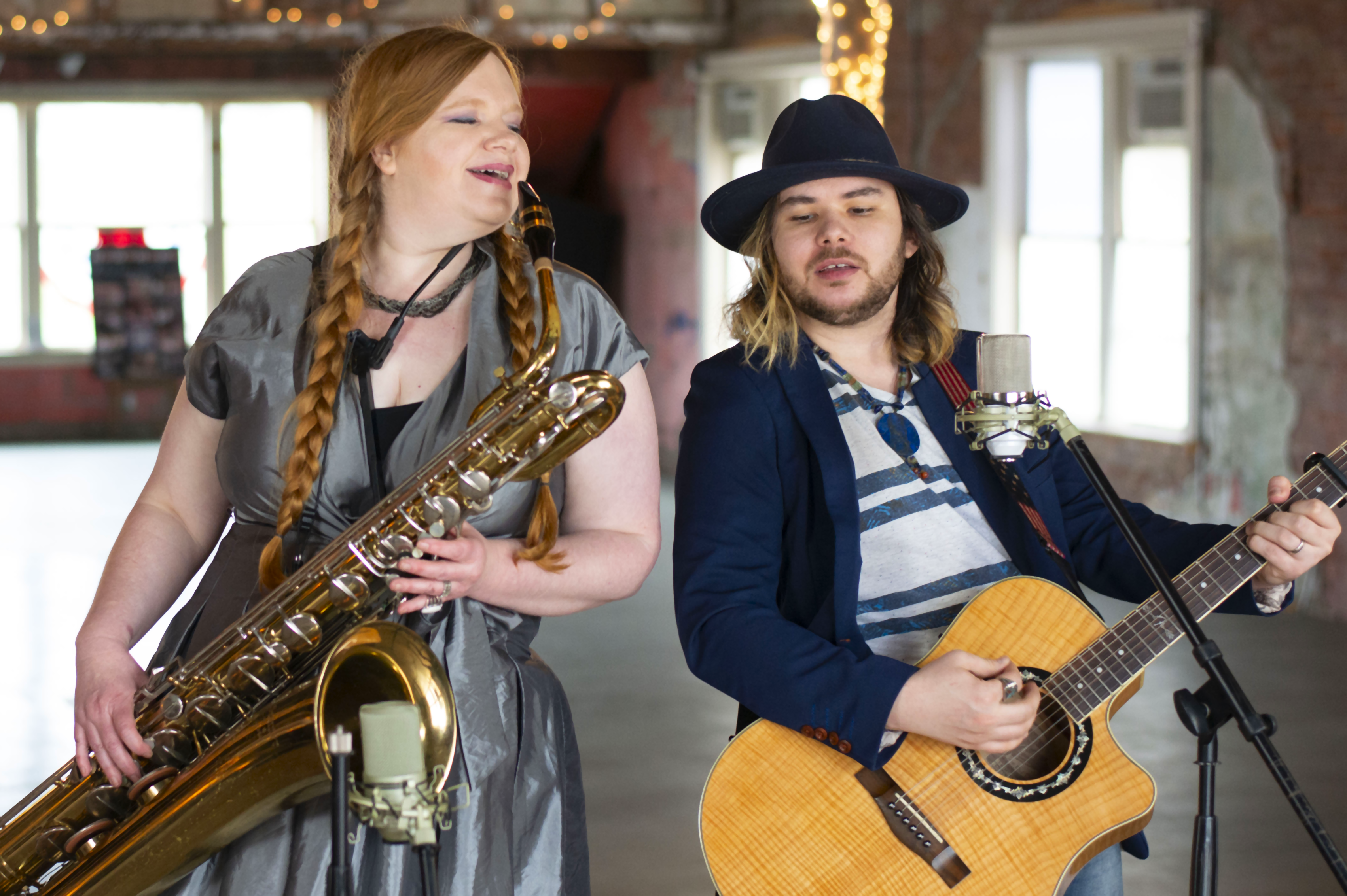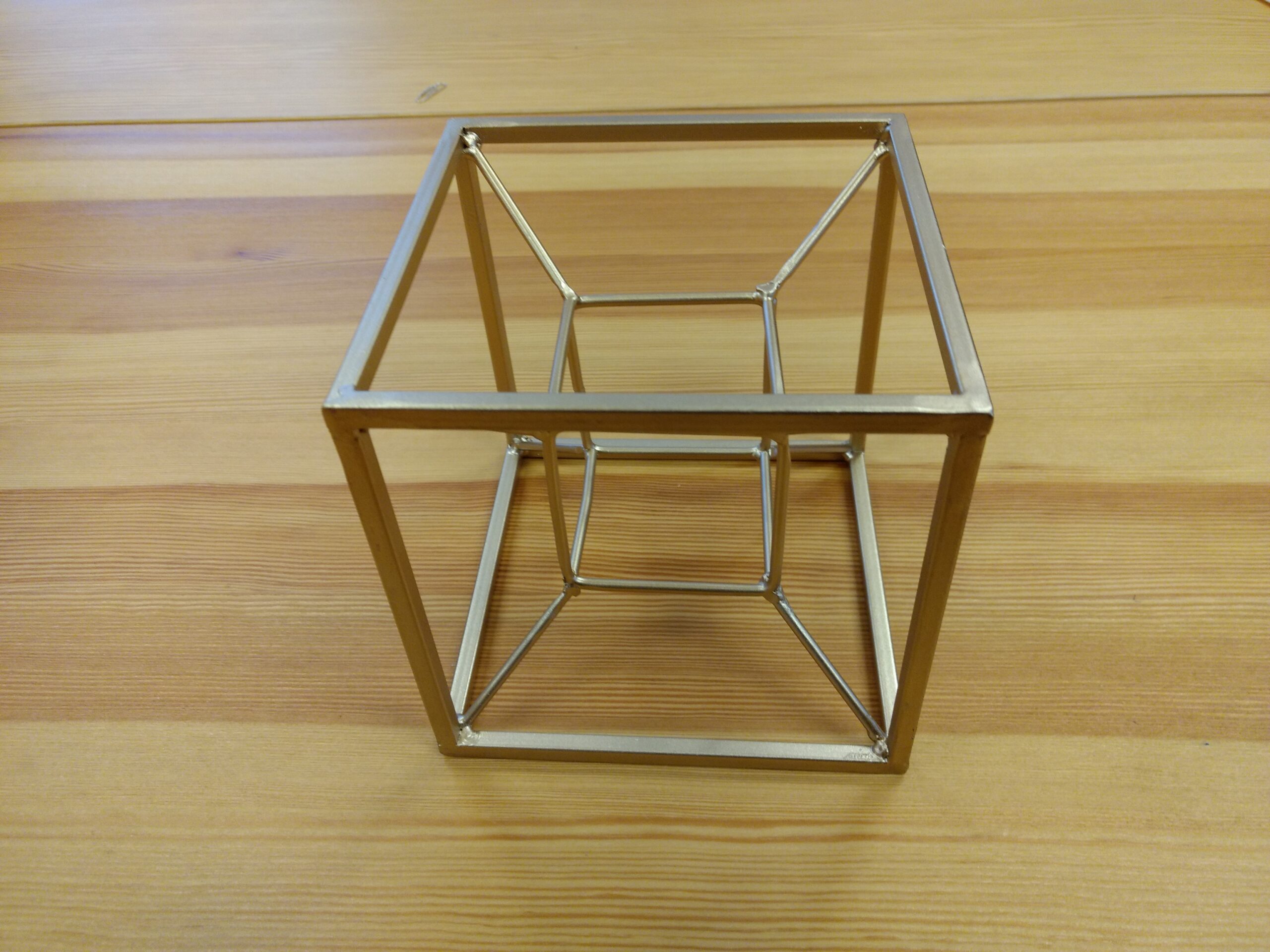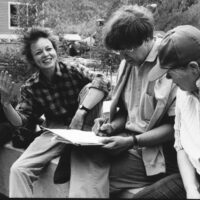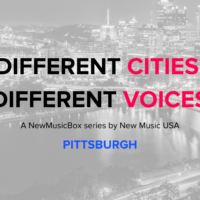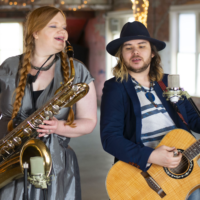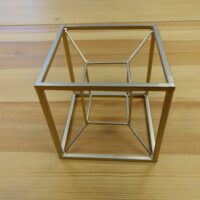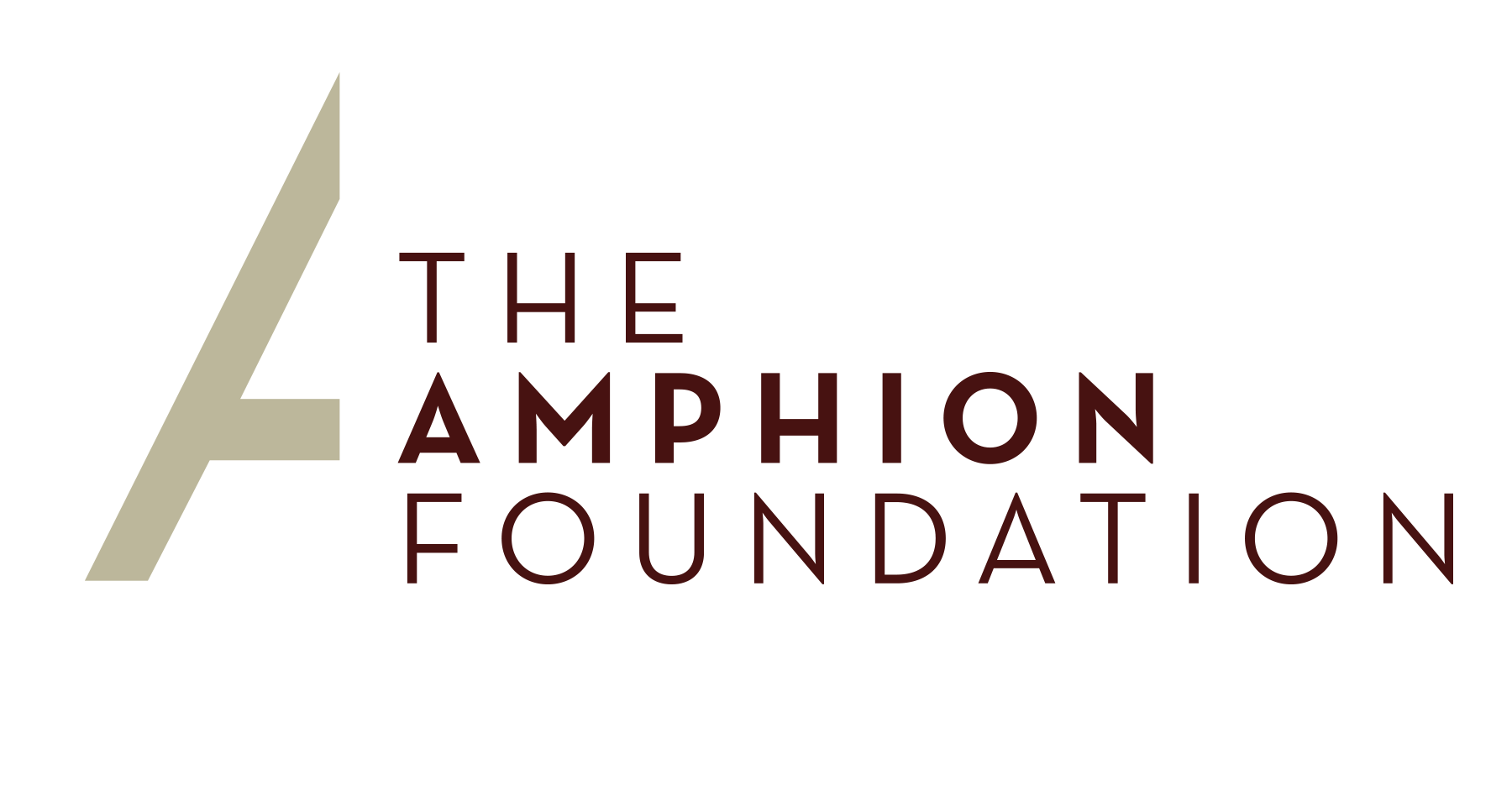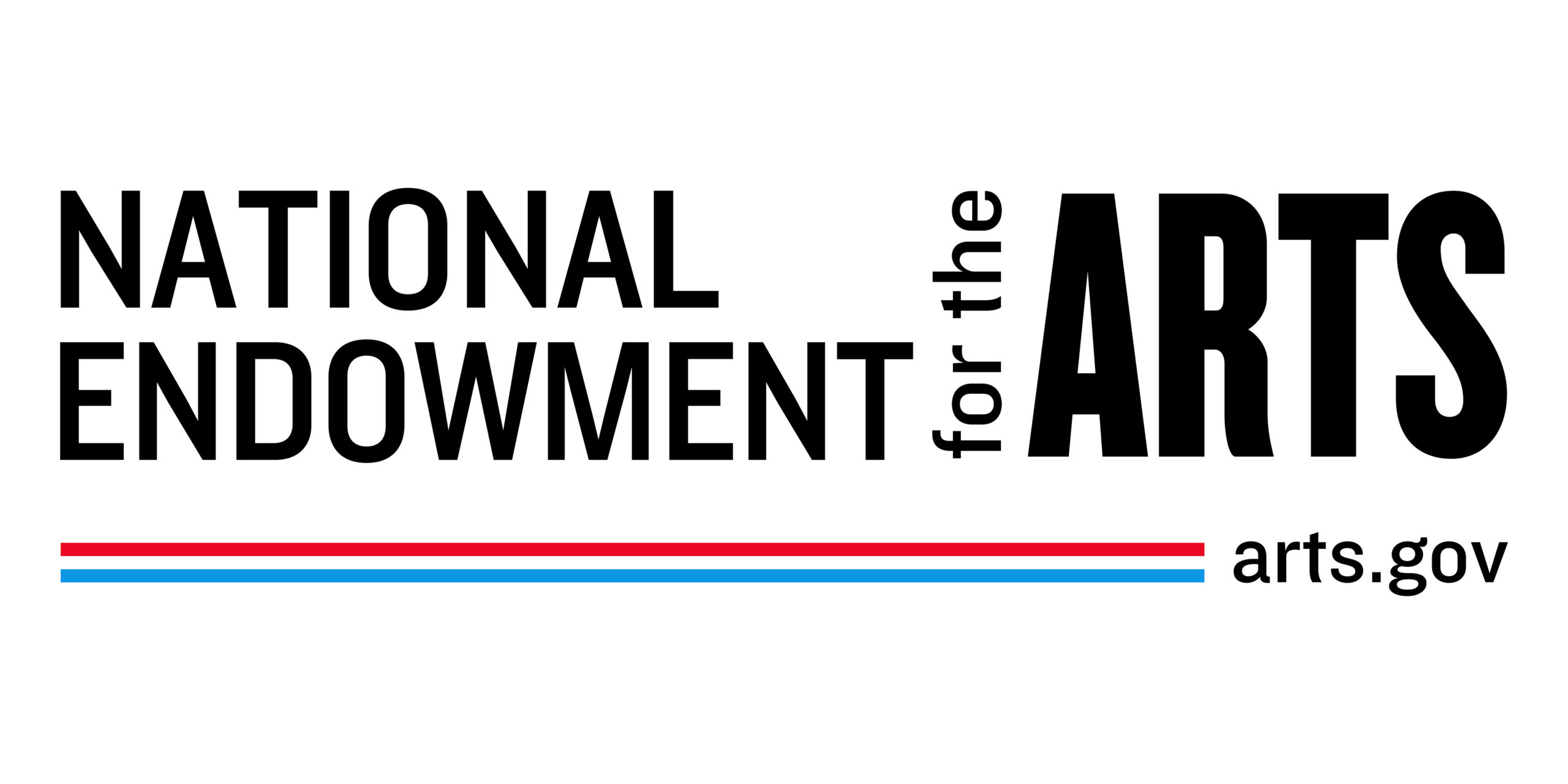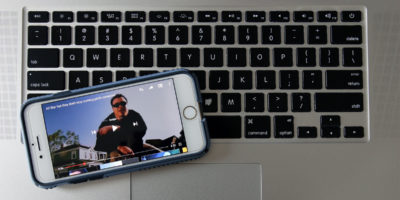
The internet is a strange place for music. The scrubber bar in digital media players gives people a particular control over time, making it markedly different from any live circumstance. Composer Brandon Lincoln Snyder explores how this shift transforms our listening experience.
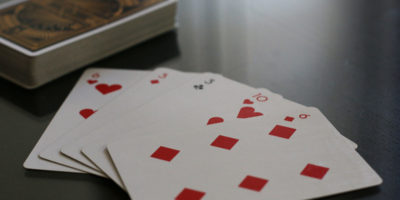
“There I was, age 38, in the second year of my master’s degree, finding out for the first time what it was like to have weekly lessons with a supportive, enthusiastic, encouraging teacher that I trusted,” shares Olivia Kieffer in her post this week on returning to school after years as a professional musician.
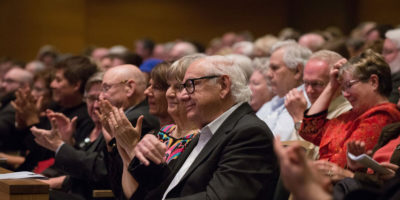
Dominick Argento’s name was never on the programs at Big Reggie’s Danceland, but at the time it seemed that in the season of every other major performing arts organization, there he was! Not only did we hear his music, but he was always in the audience, listening, talking with people, part of the same world he was addressing with his music.
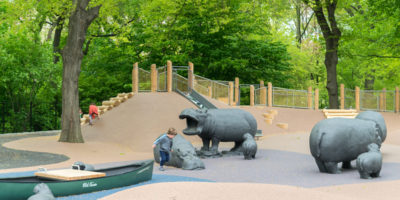
As a composer of contemporary concert music, I feel out of touch with that core, person-to-person interaction. I write to fulfill commissions, but often I am still not quite sure who exactly, which specific human beings, I am writing for.
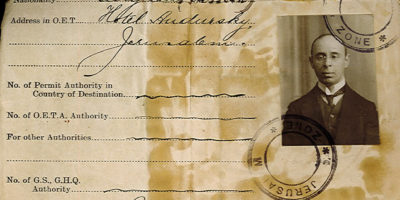
Motivated by a mixture of philosemitic encouragement to explore their Jewish identity, as well as antisemitic discouragement that kept them from feeling fully Russian, Jewish students of the St. Petersburg conservatory banded together in 1908 to create what became known as the The Society for Jewish Folk Music. The Society and the international network of sister organizations and publishing houses it created nurtured a group of fascinating composers, many of whom emigrated to the United States where they integrated into American musical culture with some notable successes.
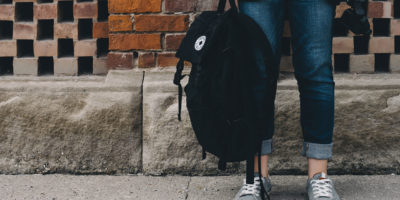
“I could never go back to school after teaching,” said many wonderful professors who used to be my colleagues. So why did I do it?
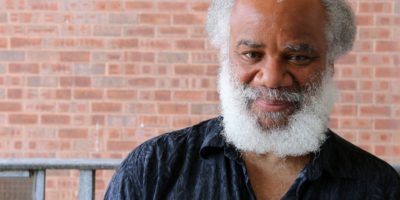
Jeffrey Mumford started off pursuing a career in the visual arts before music took over his imagination, but his lifelong obsession with clouds translated over from painting into musical composition.
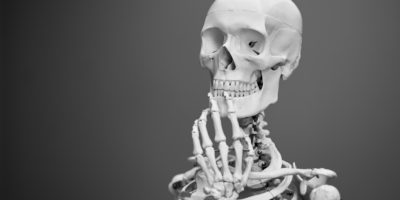
There comes a point in some abusive relationships where the victim wakes up out of their Stockholm syndrome and learns that they need to plan an escape. My fellow musicians of color: it is time to accept that we are in an abusive relationship with classical music.
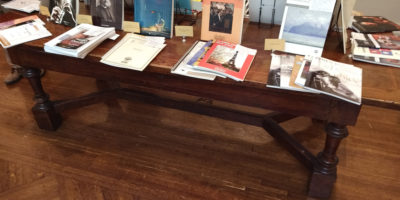
The 2019 meeting of the Music Publishers Association, which took place last week in New York City, was a combination of reminiscences of the past and planning for the future, both in terms of legal issues and technology.
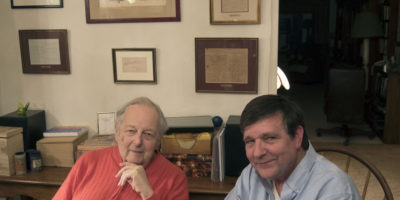
André Previn died before completing his final commission and, since his death, I’ve been absorbed in realizing it for the premiere at Tanglewood on August 3 of this year. The work is a monodrama about Homer’s Penelope, with text written by Tom Stoppard and a surprise actor in a speaking role. Commissioned by The Boston Symphony… Read more »
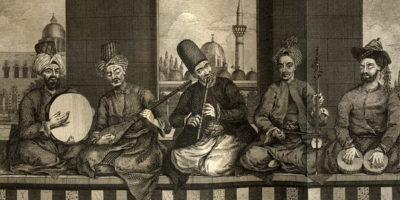
If it weren’t for colonization, I would be studying my own culture’s music. And would probably have more success as an artist. So I took my Bachelors of Music degree and set out on my next journey: to learn the musical tradition of my own people.
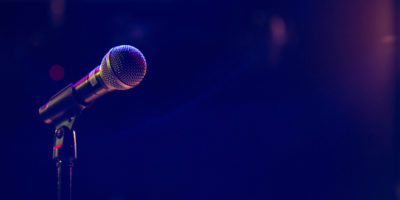
The disparity in representation within new music is a longstanding and well-documented problem. We know this. What then holds us back? Why does disparity in representation remain such a problem?
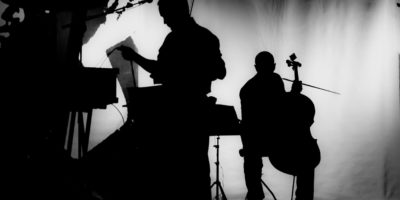
A.k.a. the incomplete non-idiot’s guide to workshopping with musicians
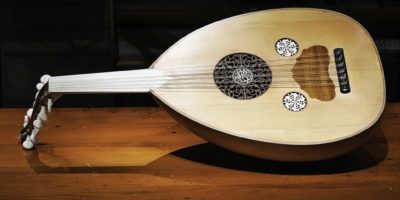
My experience as a queer Lebanese composer made me unique. I had the opportunity to authentically represent my culture through music. As I grew older, I realized that the spots for Middle Eastern representation has been filled for a while. But not by the hundreds of Middle Eastern and North African composers and artists. Instead, our stories were being controlled, and even monopolized, by white composers.
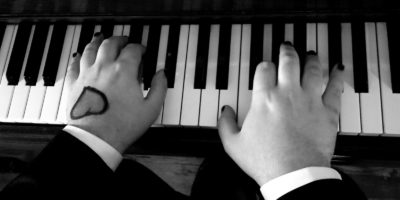
Contemporary classical music is a field overrun with socially conscious and politically liberal musicians. So why are there so few composers of color? While white minority composers see progress, people of color are left behind.
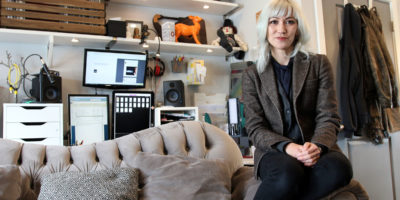
Melissa Dunphy frequently creates music which is inspired by current events. What is striking about her music is how deeply it relates to her ideas about social justice and inclusivity.
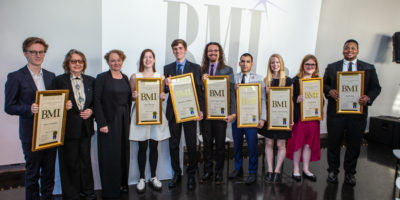
The close proximity of the BMI Student Composer Awards, the American Academy of Arts and Letters Ceremonial, and the American Composers Orchestra’s Underwood New Music Readings, which have all taken place in New York City this week, have turned the penultimately week of May into a multi-day celebration of new music.
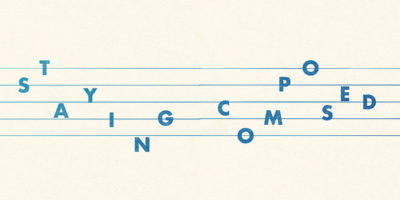
In a few weeks, Dale Trumbore is publishing a book about anxiety in the creative process—Staying Composed: Overcoming Anxiety and Self-Doubt Within a Creative Life. In advance, she shares her own journey toward listening to her mind and body and learning to ask for help when she needs it.
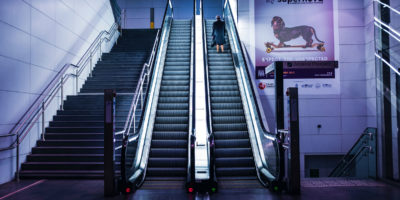
The change we seek in our new music ecosystem isn’t going to occur by spouting off in anger on a Facebook thread. We have to take this passion and conviction we feel, and carry it through with real-world projects that directly engage others.
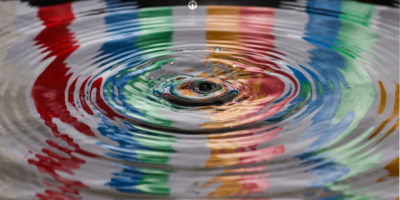
When Aaron Irwin began studying music, a clear line was drawn between jazz and classical. Yet today, they are meeting on an ever-widening aesthetic middle ground. Irwin explores the work of a few composers sharing in this communion of styles.

Many of us care about ethical artistry, but how do we measure our efforts? And how do we balance competing demands? This week, Dan Temkin digs into some general tenets and tools that can aid us in evaluating our work.
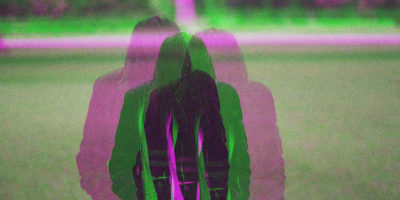
In the earliest days of her career, Danielle Eva Schwob was told to specialize. She never did.
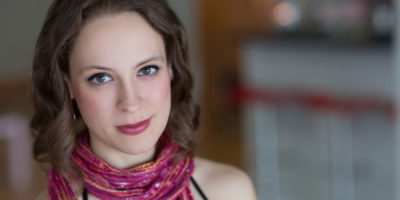
Adam Schumaker is back with another case study of a musician’s income—the next small chapter in an evolving theoretical Guide to Musician Finances. This time he speaks with Lisa Neher, a composer and performer, about the money taboo, the musician’s eternal hustle, realistically “making it,” adjunct teaching, and the ins and outs of working with your PRO.

As a musical community, we strive to promote positive virtues in our work, yet clearly problems persist. So why do we fall short? Dan Temkin is back this week to expose the ethical pitfalls lurking behind decisions we frequently face.
